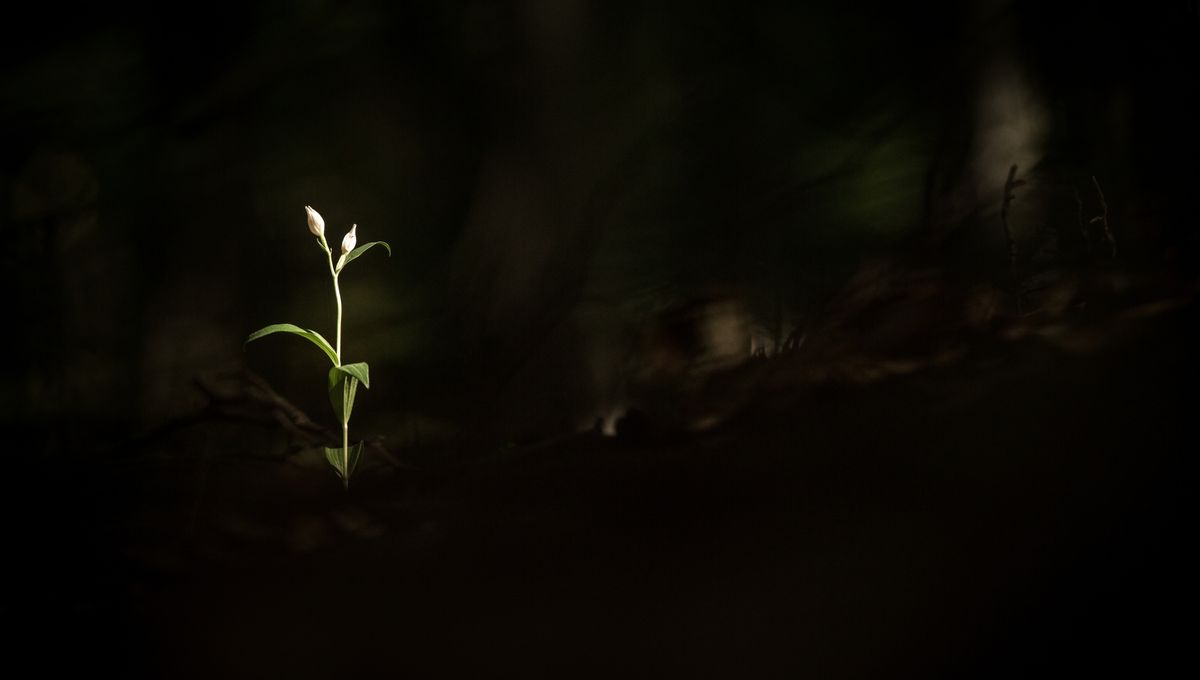
The plants are not all right. The fifth annual State of the World’s Plants and Fungi report from the Royal Botanic Gardens (RBG) Kew has just been released, and some of the headlines make for grim reading: almost half of all flowering plants could be under threat of extinction, and three out of four plants that haven’t been formally named yet are already at risk. But there is some hope, as scientists can use this extensive data to look at new ways to safeguard Earth’s flora for future generations.
“At a time when plants and fungi are increasingly under threat, we need to act fast to fill knowledge gaps and identify priorities for conservation,” said Professor Alexandre Antonelli, Director of Science at RBG Kew, in a statement. “An array of tools, technologies and approaches are helping us to speed up this work, including genomics and machine learning.”
https://youtube.com/watch?v=xeEivK1AjRY&&wmode=opaque&rel=0
“A list of every single plant species that we know of”
This most recent report benefited in particular from two major advances. One was the World Checklist of Vascular Plants, a resource more than 35 years in the making.
“People assume we know all the species on the planet – but we don’t!” Antonelli told the Observer. “It’s a list of every single plant species that we know of, and we are making new discoveries: scientists globally find about 20 new species of plants every day.”
It was this data, together with data from the IUCN Red List, that helped the report’s authors reach the arresting conclusion that some 45 percent of all known flowering plants could be under threat of extinction.
Plant families at particular risk include the orchids; Bromeliaceae, which includes pineapple; and Piperaceae, which includes black pepper.
These are still estimates of threat at this stage, but the authors have called on the scientific community to assess these species without delay to get a better sense of how at-risk they are.
On top of this, it’s possible that as many as three in four of the 10,000 undescribed vascular plant species – those that are yet to be given a formal scientific name – are already under threat of extinction. In light of this, RBG Kew scientists are calling for all new species to be treated as threatened until proven otherwise.
“If accepted, our recommendation could aid in the protection of many tens of thousands of undescribed threatened species, by treating them as threatened as soon as they become known to us,” explained Dr Matilda Brown, a researcher in conservation assessment and analysis.
Fungi: the great unknown
The other advance that helped shape the report was the wealth of new genetic data isolated from soil samples and specimens, hugely expanding scientists’ knowledge of fungal diversity.
As well as being some of the weirdest features of our natural world, fungi are a vitally important source of food and medicine, and could even help us deal with the problem of plastic pollution.
Despite all this, we know comparatively little about them. The report includes a new estimate that throws this fact into sharp relief: there could be as many as 2.5 million species of fungi in the world, and scientists have only described about 10 percent of them.
If things continue as they are, it’s going to take up to 1,000 years before we get through them all. That’s a huge number of potentially useful and important species we could be missing. Luckily, modern DNA sequencing and molecular biology techniques could come to the rescue, and it’s hoped that technological advancements could allow for the cataloging of 50,000 new species per year, a massive improvement.
Looking to the future
The RBG Kew report was itself a major undertaking, bringing together nearly 200 scientists from 30 countries and culminating in an 11-chapter document. As well as a comprehensive overview of where our flora is at, it lays out a number of recommendations and strategies for how the scientific community can help preserve plant and fungal biodiversity.
For example, the report unveils 32 so-called “darkspots” across the globe, areas where there’s a lack of good geographic and biological data and where further fieldwork is therefore needed.
“Resources to undertake new botanical expeditions or to digitize existing collections are limited. So, we need to prioritize collection efforts. Knowing where there are most species remaining unnamed and unmapped, of which many are likely to be threatened, is crucial in this context,” explained Dr Samuel Pironon, a researcher at RBG Kew and the United Nations Environment Programme World Conservation Monitoring Centre.
The authors also called for more plant and fungal research to be published open access, to increase the sharing of data and help fill in some of the gaps.
In the introduction to the report, Antonelli summed up how important it is that we keep tabs on the welfare of the plants and fungi with which we share our planet, and take steps to protect them:
“Just as our early ancestors needed to know what grows where for their own survival, so plants and fungi need us to know where they grow – to enable us to safeguard their continued existence for generations to come.”
You can read the full report here.
A special collection of scientific papers to accompany the report is published in the journals New Phytologist, and Plants, People, Planet. A review of the fungal data is published in Annual Review of Environment and Resources.
Source Link: 3 Out Of 4 Plants That Haven't Been Named Yet Could Already Be Under Threat